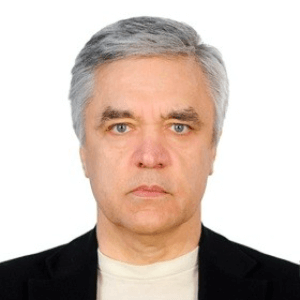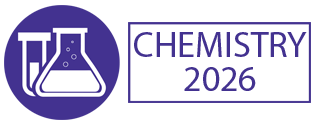Fluorescence Spectroscopy
Fluorescence spectroscopy is a powerful analytical technique used to study the interaction of light with fluorescent molecules. It involves the excitation of molecules to higher energy states by absorbing photons of specific wavelengths, followed by the emission of photons at longer wavelengths as the molecules return to their ground states. This emitted light, known as fluorescence, is detected and analyzed to provide information about the composition, structure, and environment of the sample. Fluorescence spectroscopy offers high sensitivity, selectivity, and versatility, making it widely used in various fields including chemistry, biochemistry, biology, medicine, and environmental science. It is commonly employed in applications such as drug discovery, biomolecule labeling, protein structure determination, environmental monitoring, and clinical diagnostics. Fluorescence spectroscopy can be performed using steady-state measurements, time-resolved techniques, or imaging methods, allowing for detailed analysis of fluorescence lifetimes, quantum yields, and spatial distributions. Advanced fluorescence spectroscopy techniques, such as fluorescence resonance energy transfer (FRET) and fluorescence correlation spectroscopy (FCS), provide insights into molecular interactions, dynamics, and conformational changes. Continuous advancements in instrumentation, fluorophore design, and data analysis algorithms further enhance the capabilities and applications of fluorescence spectroscopy in scientific research and technological innovation.

Hossam A Gabbar
Ontario Tech University, Canada
Victor John Law
University College Dublin, Ireland
Alexander Bagaturyants
National Research Nuclear University MEPhI, Russian Federation
Sergey Suchkov
N.D. Zelinskii Institute for Organic Chemistry of the Russian Academy of Sciences, Russian Federation
Shree Niwas Chaturvedi
Centre for Aptitude Analysis and Talent Search, India
Pieter Samyn
SIRRIS, Belgium




Title : Advances in plasma-based radioactive waste treatment
Hossam A Gabbar, Ontario Tech University, Canada
Title : Unraveling the ultrastructure and functions of the neuronal membrane skeleton using super-resolution fluorescence microscopy
Zhou Ruobo, Djillali Liabes University of Sidi Bel Abbes, Algeria
Title : Solar box cooker dehydration, and relative humidity endpoint detection, of lamiaceae culinary leaves on the island of Crete
Victor John Law, University College Dublin, Ireland
Title : Nutrient and heavy metal loads from the Ribeiras to Coastal zones: A land-ocean continuum perspective in Madeira Island
Aracelis Del Carmen Narayan Rajnauth, University of Porto, Portugal
Title : Prospective polyoxometalate-based covalent organic framework heterogeneous catalysts
Arash Ebrahimi, Comenius University Bratislava, Slovenia
Title : Eliminating implant failure in humans with nano chemistry: 30,000 cases and counting
Thomas J Webster, Brown University, United States